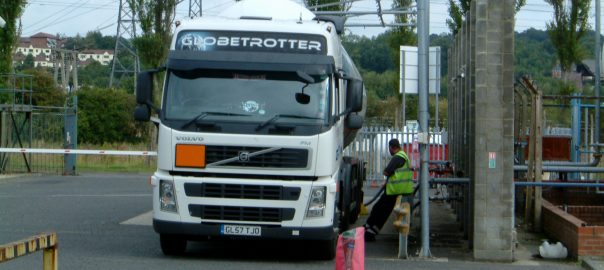Oriel were asked by leading Ink supplier Flint Ink to supply and install a Telemetry system for one of their major customers located in Spain.
The purpose-built printing facility built by Rotocobrhi and located in the industrial area of Tres Cantos is close to Madrid has approximately 350 employees, it specializes in periodic magazines as well as brochures and have 8 presses in total.
It is critical that ink deliveries are planned and delivered in good time as the Ink management contract is managed by Flink Ink NL in the Netherlands whereas the ink isactually manufactured in Wolverhampton UK.
Oriel have supplied and installed an Intelligent Telemetry Outstation on broadband which provides instantaneous tank level readings back at Flint Ink headquarters in Holland. As well as current tank level information the system also provides historical information on ink consumption along with estimates of when the next delivery and of what colour needs to be planned.
Oriel’s intelligent Telemetry outstation connects directly to the on-site Mitsubishi plc using the Modbus communications protocol to obtain all the relevant datapoints from the plant and displays them in real-time on the Master Station PC screen in an easy to use and understand graphical manner.
Text messages were requested to inform the account managers that the ink levels are getting low and they can then check on the Master Station Telemetry PC or laptops to view recent use-age and estimate when the next delivery should be scheduled.
The Oriel systems VMI system is a flexible and cost-effective solution to monitoring customer usage of a product or number of products, bringing together information from customer sites around the globe to provide instant information on potential stock-out situations.

 01249 705070
01249 705070



